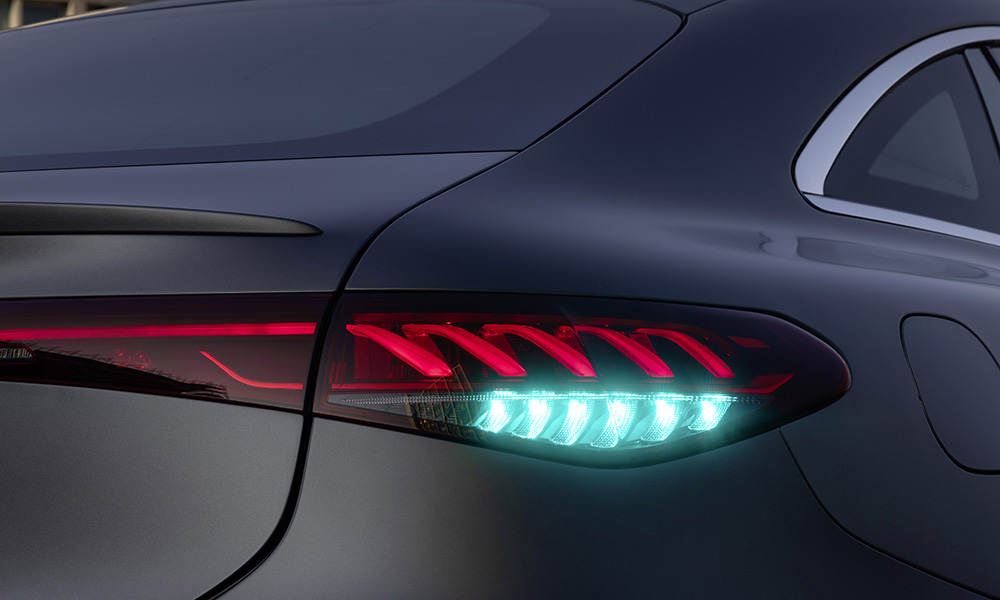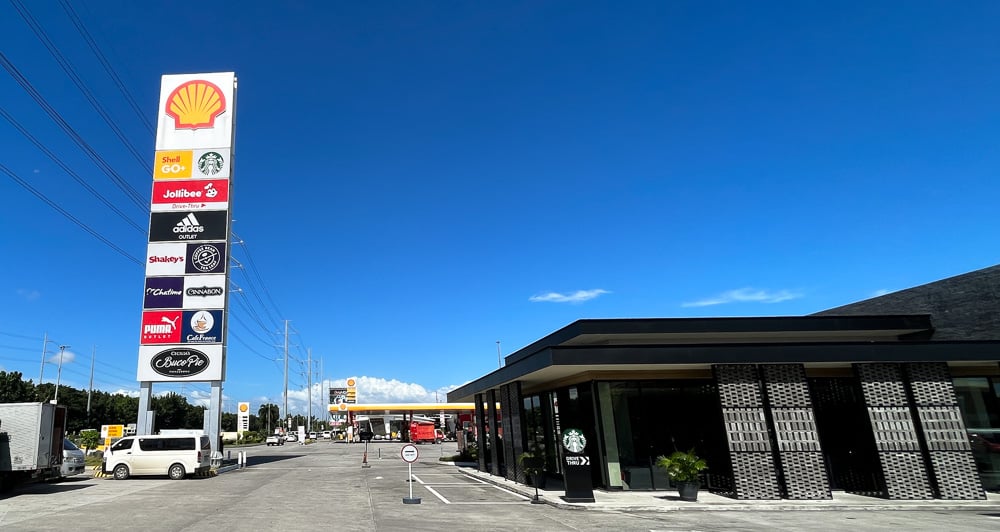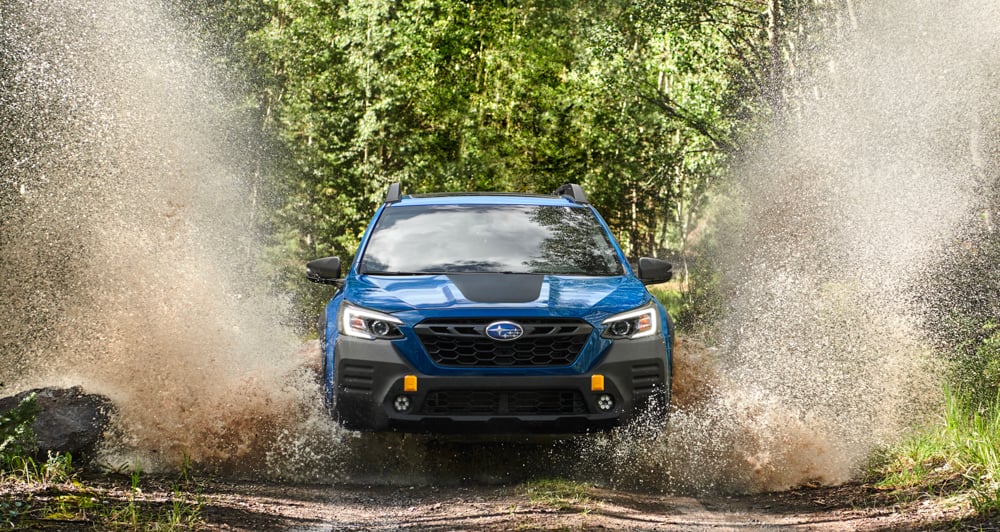
Self-driving cars are getting better all the time, and while many manufacturers claim to have this technology already, the only carmaker currently certified for conditionally automated driving at Level 3 (in Germany and the USA) is actually Mercedes-Benz.
The Germans have now received approval for the use of special exterior lighting for automated driving in California and Nevada, answering this important question: How do other drivers know if a vehicle is driven by a human or a computer?
Red, white, and orange are usually the only colored lights allowed on any car, but it seems a fourth shade might soon be joining them: turquoise.

Mercedes has just received approval to use turquoise marker lights on model-year 2026 EQS and S-Class vehicles fitted with Drive Pilot that are used in California and Nevada.
Whenever other drivers see them illuminated, it means the Chedeng they’re looking at is being controlled by the Drive Pilot system and not the human driver.
Mercedes claims the addition of these lights will help to increase public acceptance of self-driving cars and also contribute positively to road safety.



Turquoise was chosen as apparently it stands out best in traffic without being mistaken for any existing lights such as those fitted to emergency vehicles—although some people might claim it’s pretty close to the blue lights found on police cars, for example.
The static lights will be fitted to the front and the rear of the cars (as well as the side mirrors), and not only allow other drivers to see if a car is on autopilot, but maybe more importantly people like the police and traffic enforcers.
As Level 3 driving is entering the space where drivers are legally allowed to do other things—such as pick up and use their phones—it’s important for law enforcement to know if a car has this mode switched on or not. No doubt many interesting court cases will emerge from this new tech as all the kinks are ironed out.

Mercedes also claims that turquoise is the best color for self-driving cars based on numerous studies that took into account physiological and psychological factors.
If the rest of the world thinks the same way remains to be seen, as there are currently no agreed standards, and the Germans are clearly trying to get one established by being the first to fit a new color (and thereby hoping everyone else will follow).
One thing is for sure, though: It will still be quite some time until we see a Chedeng with turquoise lights on the streets of Metro Manila. The technology currently only works in countries with highly standardized road layouts.











Comments